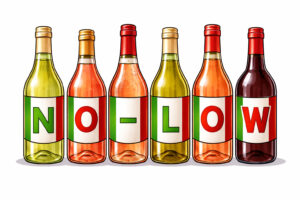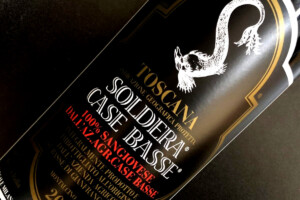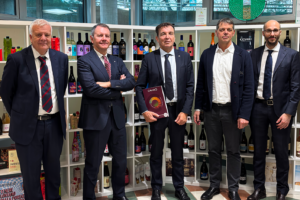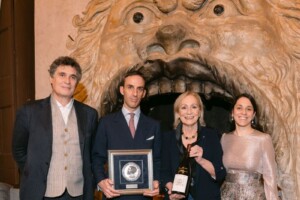The phenomenon of e-commerce continues to grow even in Italy, which has registered a +20% increase over 2007 and, which should surpass earnings of 6 billion euros by the end of the year. This was revealed in a recent study by the eCommerce Observatory B2c Netcomm – School of Management at the Politecnico di Milano, conducted with over 200 cases of studies presented during the “B2c eCommerce in Italy: a growth that challenges the crisis” event held on November 4 in Milan.
The data from the observatory reveal that the leading sectors for growth are for services and tourism (70% of total), followed closely by clothing with its famous brand names (from Armani to Valentino, Gucci and Prada), but there are, however, also many “holes” in sectors like that of food & wine.
Overall, though, e-commerce in Italy makes up less than 1% of all sales, much lower than other countries that register 3–10%. The data on what products are sold also highlights a big contradiction: though in traditional channels for products (wine & food, products for the home, electronics, music, and books) present about 80% of all acquisitions, on-line they don’t even reach 30%, with food products and household items making up barely 1% of on-line sales. It is a trend that is very different from that of other countries, where the rate of on-line food and wine sales vary from 7-14%. Without counting, however, the fact that they already begin with higher absolute numbers, in respect to great Britain, which is the European country that is most familiar with this mode of commerce, Italy has less than a quarter of the users, and with an average spending of 900 euros per person, less than one third of that spent by British citizens.
According to the Observatory there are many and varying reasons why this modern distribution channel has not taken off in Italy: from the structural limits linked to the limited diffusion of high speed internet, to the historic diffidence of Italians towards the use of credit cards, as well as the problems and costs connected to these logistics.
But penalizing the diffusion of electronic products, above all for ‘Made in Italy’ goods, primarily food and wine, but also home furnishings, for example, is a sort of vicious cycle that has been established between demand and supply: on-line shoppers are not increasing because they maintain that the offer is scarce and full of gaps, while merchants are reluctant to invest in on-line sales because they maintain that the demand is still immature and numerically insignificant.
It has become increasingly more important therefore to target foreign markets, as is testimony the success of the clothing and tourism sectors, which have realized important quotas for on-line sales outside Italy’s borders (about 850 million euros in earnings are forecast for 2008), and on-line shoppers are increasingly involved in a virtuous cycle.
The e-commerce train is one that shouldn’t be missed: with 260 billion in earnings in the U.S. and 170 billion in Europe, today, it represents 7% of total retail sales.
Copyright © 2000/2026
Contatti: info@winenews.it
Seguici anche su Twitter: @WineNewsIt
Seguici anche su Facebook: @winenewsit
Questo articolo è tratto dall'archivio di WineNews - Tutti i diritti riservati - Copyright © 2000/2026








































































































































































































